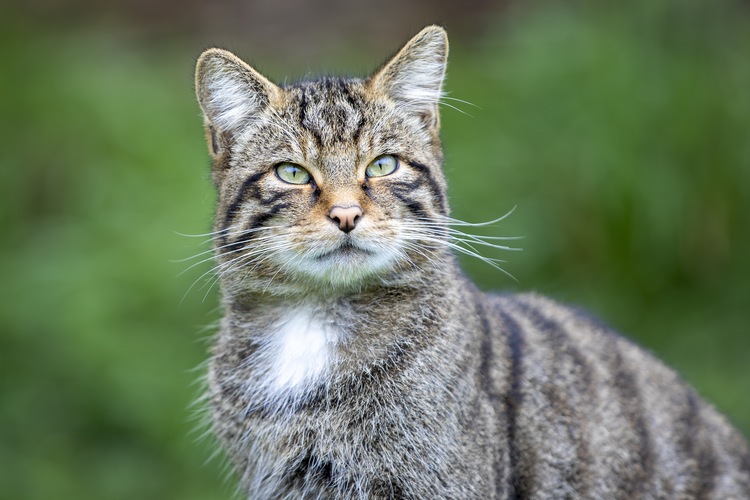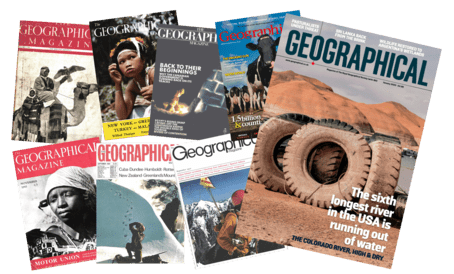World
Wild born kittens give hope for Scottish wildcats

Two sets of wild born kittens bring a small glimmer of hope for the future of Scotland’s critically endangered wildcat
By
Just six years ago, a report said that the Scottish wildcat, a subpopulation of the European wildcat, was close to being functionally extinct and its population no longer viable. Now, though, conservationists are smiling as video evidence shows that at least two female wildcats have given birth.
The only member of the cat family to live wild in the UK, the wildcat was once found throughout mainland Britain. But, centuries of persecution meant that its range steadily declined until it was only found in the remotest pockets of northwest Scotland by the First World War. Estimating the wildcat population in Scotland is very difficult. These small, tabby-looking cats are very shy, and it can be hard to distinguish between them and hybrid cats. However, trail camera surveys conducted between 2010 and 2013 across the wildcat’s range in Scotland estimated that somewhere between 115 to 314 individuals left in Scotland.
To make the news of these births all the sweeter, the proud mums are part of a group of 19 captive-bred wildcats that were released into the wild in the Scottish Cairngorms last year as part of a reintroduction project by Saving Wildcats and the Royal Zoological Society of Scotland. Before the cats were released, they were fitted with tracking collars, which enabled researchers to keep an eye on their movement and safety. Commenting on the births, Dr Keri Langridge, the field manager for Saving Wildcats, said, ‘We suspected that some of the females had given birth when their movement and activity changed very suddenly but didn’t know for sure until footage of the kittens was captured on our cameras. We didn’t dare to dream that we would have wildcat kittens in the first year of releases, and seeing those kittens on the video was the most exciting moment of the project so far.’

In the UK, the wildcat is classified as Critically Endangered on the IUCN Red List, but in other parts of Europe – where the large areas of undisturbed woodland and the open meadows and pastures that the cats require in order to survive – it’s doing much better and is classed as Least Concern. Dr Helen Senn, lead for Saving Wildcats, explained why these births were so important, ‘This is a major milestone for wildcat recovery in Scotland. These births demonstrate that the process of breeding wildcats for release into the wild is working, as those released animals have learned to hunt and survive – and now reproduce in their first breeding season, a clear indication that they are doing well. However, we have to bear in mind that life in the wild is hard, and they will face many challenges. While the mortality rate for wildcat kittens in their first year of life can be high, we are hopeful for the future of these kittens’.
Dr Senn went on to outline some of the other threats the Scottish wildcat population faces, “There is also the risk of interbreeding (hybridisation) between wildcats and domestic cats, despite our efforts to trap, neuter, vaccinate and release feral domestic cats in the local area. That’s why we always emphasise the important contribution to wildcat conservation that local people can make by ensuring their pet cats are neutered, as well as microchipped and vaccinated. While we know from their GPS radio collars that the two females that have given birth have overlapped with male wildcats, we do not yet know their paternity. Once the wildcats are old enough, we will attempt to get a DNA profile from them. We are hopeful that they are indeed the offspring of male wildcats that were released last year – and the first of many more to come.’
Enjoying this article? We have thousands more for you.
Get immediate access to over 1,000 Geographical magazines in our archive back to 1935.
Sign up today and you will soon be travelling back through time reading all our amazing features of the last eight decades PLUS… you also get to enjoy every new issue of Geographical each month going forward in both print and digital formats.
Simply press the button below to choose the perfect package for you.

Related articles:




